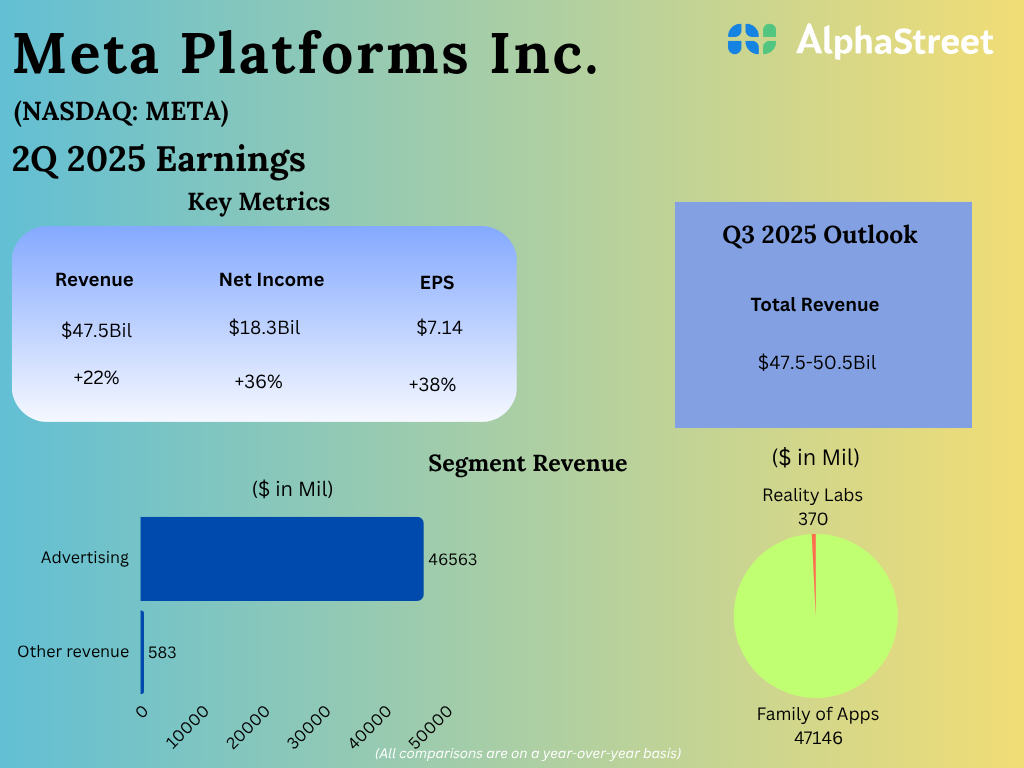“I own 300 stocks…”
That’s what a gentleman tells me as we share a bottle of scotch at the Total Wealth Symposium (our annual in-person event for our readers) this past February.
“300?” I say, after nearly spitting my drink out.
“Yes, 300.”
“I’m a little over that,” another person pipes up.
Not trying to sound insulting, I ask, “Do you think that’s too many?”
“Yes. But, I hear about this company and I invest a little. Then I hear about another company and put a little cash in it too. Then another…”
“And I just can’t sell some of these losers. I keep hoping they come back.”
I liked both of these men, but owning 300 stocks? My mind went to what the world’s greatest investors would think. And (don’t shoot the messenger), they would say it’s “insane.”
If that sounds harsh, don’t get mad at me.
Get mad at two of the greatest investors ever: Warren Buffett and the late Charlie Munger.
Warren Buffett stated: “Diversification is protection against ignorance. It makes little sense if you know what you are doing.”
He continued: “Very few people have gotten rich on their seventh best idea. But a lot of people have gotten rich with their best idea. So I would say for anyone working with normal capital who really knows the businesses they have gone into, six is plenty.”
Munger added: “People think that if they have a hundred stocks they’re investing more professionally than they are if they have four or five stocks. I regard that as insanity.”
So, yes, insane.
These two iconic investors live out this thesis. 65% of their Berkshire Hathaway stock portfolio is in just three stocks:
- Apple: $180 billion (48% of assets).
- Bank of America: $34 billion (9% of assets).
- American Express: $27 billion (7% of assets).
The concentrated portfolio is one reason experts state that Berkshire Hathaway has doubled the annualized return of the stock market over the last six decades.
Another investment legend, Peter Lynch, said owning too many stocks is “Diworsification” in his book, One Up on Wall Street.
That’s ironic, as Lynch himself was a serial stock acquirer who often held more than 1,000 stocks in his fund!
But, with that said, surely four or six investments is too concentrated. After all, I am not as smart as Buffett or Munger, and … even Berkshire Hathaway does hold 36 other stocks.
Yet, we can all assume that 300 stocks, or 1,000, is too many.
But what is the right amount?
10?
25?
50?
The Magic Number…
We all know that owning multiple stocks cuts down on risk.
If you buy just one stock, you’re risking 100% of your portfolio. Even many “safe” stocks are subject to big, sudden drops.
Own two stocks, and you still have 50% portfolio risk in each position.
By the time you get to a portfolio of 10 stocks, things look better. One investment could get completely wiped out, but you might still see your overall portfolio surge ahead.
But take a look at the chart below…
It’s based on data from Burton Malkiel’s classic book, A Random Walk Down Wall Street.
It shows how adding stocks to a portfolio reduces the risk.
However, by the time a portfolio has 20 or so holdings, the incremental reductions in risk are very small.
That’s because when you own a portfolio of 25 equally weighted positions, one position represents just 4% of your portfolio.
If one position doubles, your portfolio goes up just 4%.
If it crashes, it goes down just 4%.
So, diversification works, at least in moderation.
Once you get past 20 to 30 positions, you’re essentially owning the market. After all, the widely followed Dow Jones Industrial Average is a 30-stock portfolio.
So, that magic number is about 25 to 30.
A Diversification Lesson I Learned from Charles Mizrahi
Look, I confess…
Throughout my career, I’ve been the insane idiot who “diworsified” way too many times.
A few years ago, I was talking to Charles Mizrahi about this very topic: How many stocks are too many?
This is the exercise he did with me…
Imagine for a moment that the stock market was the 500 companies in your local town.
If you invest in all 500 of them, you might do well. That is if your town is growing and the overall economy is doing well.
But I bet you could identify 5 to 10 companies that stand out and do much, much better.
Surely, one electrician is better than the other five. So, invest in that electrician’s business.
Surely, one retailer is more competent, harder working, and has a bigger vision than the other five retailers. Invest in that retailer’s business.
And surely, one homebuilder has a stronger reputation than the other five, so invest in that person.
You get the idea. After identifying the top 5 to 10 businesses, why invest in the other 490?
This exercise always helped me put things in perspective.
Charles talked about this a bit more in his interview with Mike Huckabee.

As You De-Diworsify, Don’t “Pull the Flowers”
Chances are, your portfolio has too many stocks in it.
It’s time to sell a few of them.
As you do, be careful not to “water the weeds and pull up the flowers.” (A quote I am stealing from Charles Mizrahi).
In other words, don’t sell your winners and invest more in your losers.
Losers tend to keep losing.
Winners tend to keep winning.
But I get that it can be challenging.
So, I’ll give you the same advice I gave to the two men I met at our Total Wealth Symposium.
Use our free Stock Power Rating tool located on our Money & Markets website.
The rating is simple.
The lower the rating, the weaker the stock is. Sell it.
The higher the rating, the stronger the stock is. Buy it (or add to your position).
Take Tesla, for example: It’s currently rated a 25 Bearish.

It’s time to sell.
There’s no question about it. It’s as simple as that.
Another example is Nvidia: It’s currently rated a 74 Bullish.
It’s time to buy or to add to your existing position.

Go ahead and check out this free stock rating tool here.
Plug in your portfolio’s positions. It will help you decide which stocks to sell and which ones to hold (or add more money to it).
Time to Concentrate on AI?
As you review your portfolio, be sure to look closely at your exposure to companies that are leading the way in artificial intelligence.
McKinsey and Company expect AI to add $22 trillion to our economy … every year … for the next six years.
That is a lot of money.
As shown, Nvidia is a great play for that trend.
But in his recent interview, Charles Mizrahi revealed an even more exciting opportunity in the AI market.
A company that scores an 80 with our Stock Power Rating system (better than Nvidia!), and you can invest as little as $5.
If you are going to buy one stock, this is that one stock.
Get all the details here, or watch the video below.


Aaron James
CEO, Banyan Hill, Money & Markets















